The Article
A Leaky Icon Amp
3rd October 2015

A classic based on a classic. Paul Rigby presents a possible solution of entering the valve amplifier world on the (relative) cheap with the Icon Audio Stereo 20 PP
A good valve amplifier at a low price is a real rarity. A bad one isn’t. There are too many bad examples out there.
In sonic terms, there’s nothing that sounds quite like a valve. Rather, a valve produces a sound like you’ve never heard. A well designed valve product produces a natural, uncoloured, sound the offers delicacy in the upper midrange, an ethereal treble and detail to die for. Valves come in many shapes and sizes which means that, despite their reputation, they can produce serious bass too.
This compact 15W design from Icon Audio might look familiar. In fact, it should because it’s based on a classic design: the Leak Stereo 20. Released in 1955 the British company H. J. Leak launched the Stereo 20 amplifier using the then-new Mullard EL84 and ECC83 valves. It was an instant success worldwide, renowned for its extraordinarily musical performance. These vintage amps are now highly sought after by collectors and can fetch more than £1,500.
This amp is not a copy of that design but uses the basis of it to produce a modern equivalent. In a way, it is fitting that this 10kg, Leak-alike should be produced by a company such as Icon Audio because the Leicester-based company acts and operates like an audio engineering company from the 50s. It is based on old fashioned principles. Each product is hand-built and is largely indestructible, instead of being ensconced behind an ivory tower, the owner/designer (David Shaw) is often deep in conversation with his customers while the company have never heard of the ‘throw away society’. Everything is repaired. When you buy from Icon Audio, then, you tend to become part of the family. Treated to personal attention and fussed over if anything should ever go wrong (which it rarely does).
The Class A, Stereo 20 PP is driven by ECC83 / ECC82 double triode valves, EL84 output valves and is hand wired, ‘point to point’ via an ultra linear output circuit with Teflon-insulated silver plated wiring. Featuring a headphone amplifier, it can also be used with 4 Ohm and 8 Ohm speakers.
The front of the unit includes a rotary volume knob, a headphone/speakers toggle switch and a choice of three sources with an appropriate rotary selector. On the rear are phono and speaker sockets to cater for these sources.
So what does this dinky little amplifier actually sound like?
SOUND QUALITY
OK, let’s get the bad news over with before we proceed. Bass is not this amp’s strong point. In fact, many will hear this amp and respond with, ‘What bass?” No, I’m being too harsh here. There was bass but none of that growling, gutsy stuff you expect to hear in rock music. Nothing that lurked deep down in the lower frequencies. What bass existed, was characteristic and tracked well, though. The available bass heard on drums, for example, was full of personality. You’ll have no trouble identifying different parts of any drum kit with this amp. Similarly, the intricate finger work on the bass guitar was illuminated for all to see.
This amp really saved its plaudits for the midrange and treble. They were both precise with no blurring and slurring. There was a refreshing sense of clarity and transparency over these frequencies.
Specifically, the smooth vocal delivery somehow floated over the the complex instrumentation. In fact, the Icon was most effective during harmonies. It not only told you that you were listening to a group of people singing together – instead of a blurry conglomerative mess that can sometimes occur from some amps – but each voice could be tracked individually and, more than that, unique vocal features were more obvious here that in just about any other amp I’ve heard at this price point. The nuance and subtlety was very impressive indeed.
Playing a slice of prog and Yes’ Yours is No Disgrace from The Yes Album, Bill Bruford showed his unique sense of rock drumming which features a jazz style and intricacy blending with rock rhythms. The Icon amp successfully followed him wherever he went, which was an achievement in itself. Many amps at this price point slur and blur and get left behind. With the Icon, though, Bruford was heard to produce a quick dart here and a flashing rim shot there: those flailing arms were never lost by the Icon.
Steve Howe’s guitar, similarly, can be a blur of activity but the Icon always had his string work in its sights. Blurring was always kept to a minimum or was eradicated totally in many cases. In fact, I heard guitar noodling from Howe that I have heard on only a few amplifiers, most being rather expensive examples priced in the high thousands.
The Hammond organ from Tony Kaye was a similar case in point. Generally speaking, the Hammond is a distortive mess that has a naturally wonderful tone and movement. The Icon, though, managed to dig right into the complexity of the technology, producing a startling texture that provided a new insight into this venerable keyboard-driven classic.
But look, what I haven’t told you is that the speakers that the Icon was driving was the Spendor S3/5R stand mounters, tough to drive for a wee amp like this. I wanted to throw the Icon into the deep end to show you that, despite dire warnings from varying parts of the media, the Icon can shift music through tough buggers such these speakers and make a worthwhile noise.
Don’t be put off, therefore, if your speakers are not the most sensitive designs in the world. Although I would try to seek a demo before committing yourself, don’t dismiss the partnering of ‘difficult’ speakers from the off.
With that in mind, I swopped the Spendors with transducers that were rather easier to handle. In this case the Acoustic Energy Radiance One pairing which are more sensitive and provided a greater volume headroom for the Icon.
At once, the music, over all frequencies, had a slightly more relaxed air, as the Icon had to work less hard to do the same job. The One’s, actually, are a great pairing because they work with the Icon to enhance those upper mids. Naturally low in noise, the Ones provided a smooth suite of upper mid frequencies and even greater clarity during the Hammond organ and acoustic guitar sequences. Bass was still absent without leave but the Icon continued to track the available bass frequencies to give a pleasantly balanced effect to the soundstage.
Moving to the Densen CD player and a spot of Freddie Hubbard-based jazz via 1960’s Open Sesame. The effect was delightful with sharp, clear crescendos of trumpet and sax exhibiting a tight reverb that enhanced the timing and livened up the presentation.
When the sax solo began (and a tangled, elaborate sequence it was too) the music was tracked easily by the Icon. Sometimes, during this sort of passage, an amp can either fail to keep up or miss elements producing smearing. The Icon showed none of these issue, allowing the sax to be both creative and commanding.
Of note was the piano solo. This instrument has been (rather unfairly, I think) pushed way back in the mix. The eventual solo sounds like its appearing from the back of the room. Yet the Icon gave it a spotlight that allowed ear to enjoy the dynamic nature of the performance.
I could have ended there but I began to wonder if there was more credit available to the Icon than is often given. That of the near field amp. That is, because of its low power and its ability to give a quality performance at lower volumes (I found that out during the initial testing), it seemed an obvious ‘next stage’. So I hooked it up to my Apple iMac plus Naim CD5, Tellurium Q cables and the tiny Roth RA1 speakers which also normally live within this system.
Continuing with the jazz CD via Freddie Hubbard, what hit me immediately was the light and airy treble performance which not only exhibited a heap of space but was fast and precise with it, giving the track a tremendous impetus, all on its own. The treble also worked well with the double bass. As a pairing, they induced much head nodding and foot tapping. The sheer speed and timing from both quarters gave this jazz track a pace which, when Freddie Hubbard jumped in with his clean and clear trumpet solo, whisked him down the track in double time. The sax solo, commanded by Tina Brooks, also blended a sense of control with accuracy and a meticulous sense that, despite the complexity, Brooks meant every inflection. Most importantly, the Icon was there to record it all.
CONCLUSION
A real wolf in sheep’s clothing this one. Dinky little valves? A miniature chassis? Based on an old design? 15W!? Come on. Surely, this is an amp destined for play by a small girl in a doll’s house? But, of course, nothing could be further from the truth. This little amp holds its own in a major league hi-fi chain valued in the high thousands or in a budget system fronted by a Rega turntable. It supplies sublime upper mids and treble and an authentic, correct bass response that will soon make you forget that you’re missing those low blows. The fact that it acts as a superlative near field system too gives this design so much scope and flexibility. A winner.
ICON AUDIO STEREO 20 PP
Website: www.iconaudio.com
Tel: 0116 2440593
Price: £750
Good: detail, clarity, midrange, value for money
Bad: bass, power
Rating: 8
REFERENCE SYSTEM
Avid Acutus turtable
SME IV arm
Benz Glider cartridge
Rega RP3 Turntable
Aesthetic Calypso pre-amp
Rega Brio-R amplifier
Spendor S3/5R speakers
Roth RA1 speakers
AE Radiance One Speakers
Vertex AQ & Tellurium Q cables

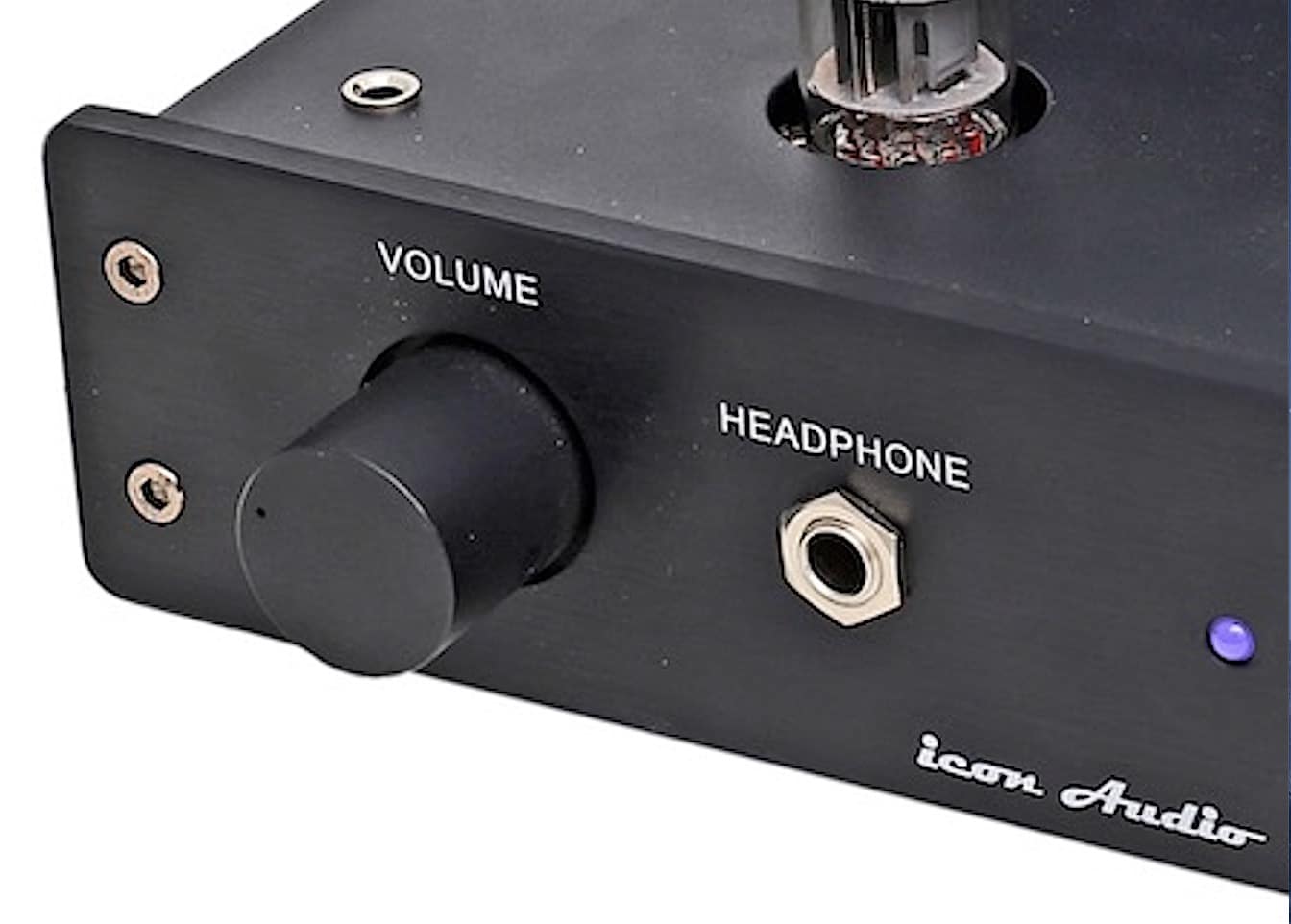
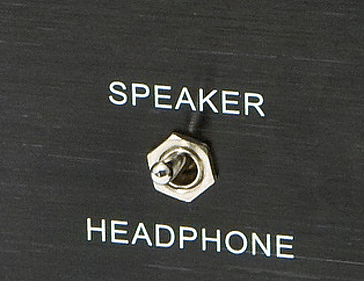
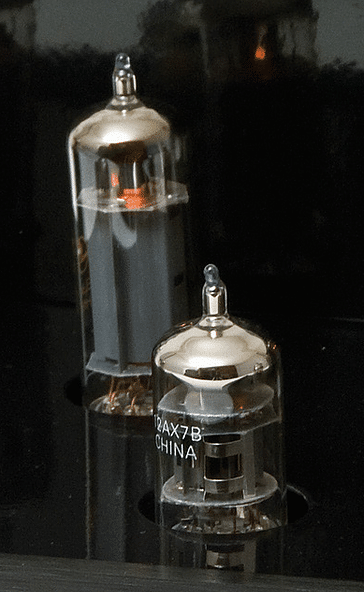
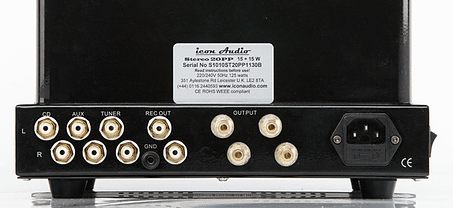
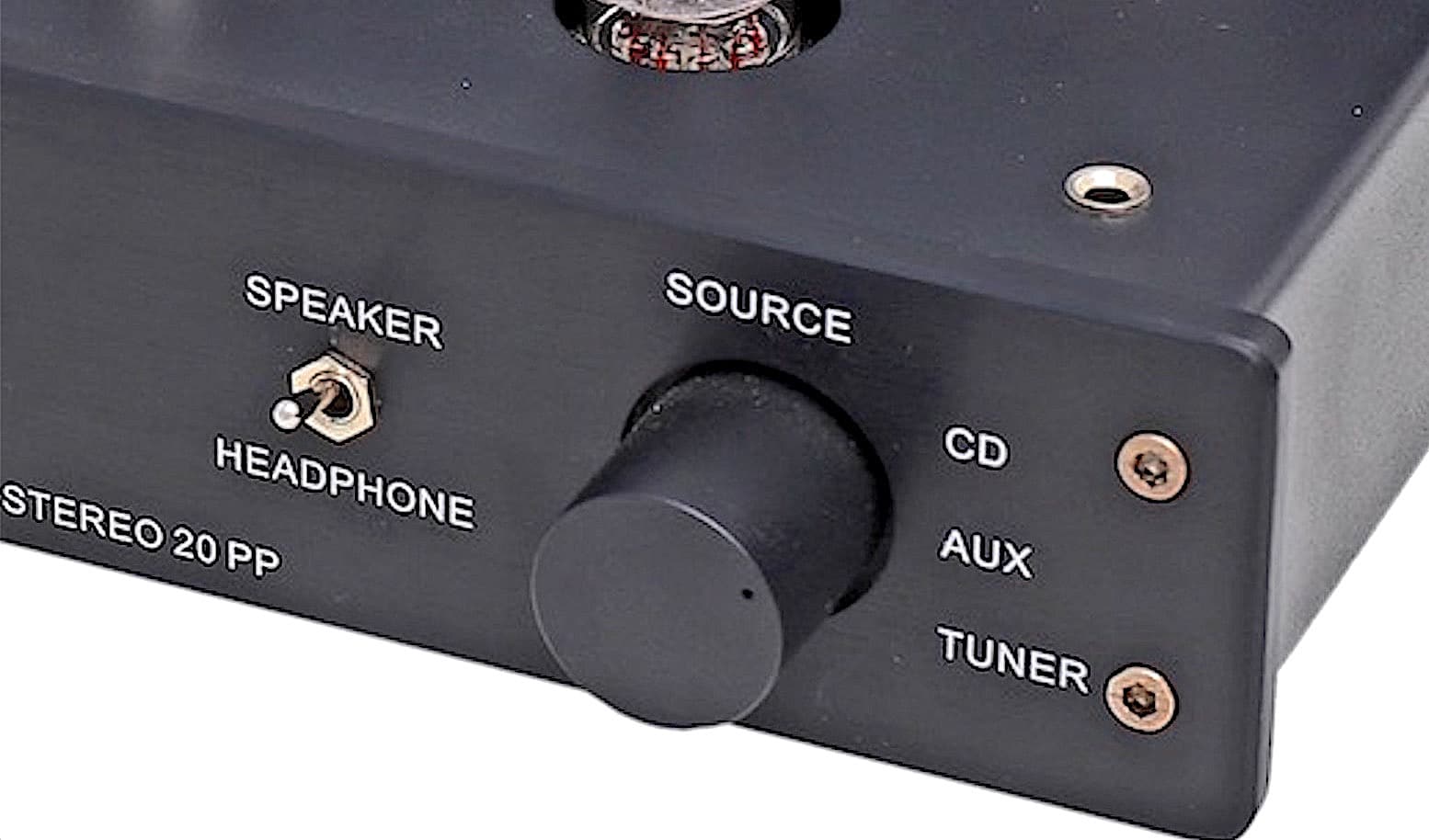
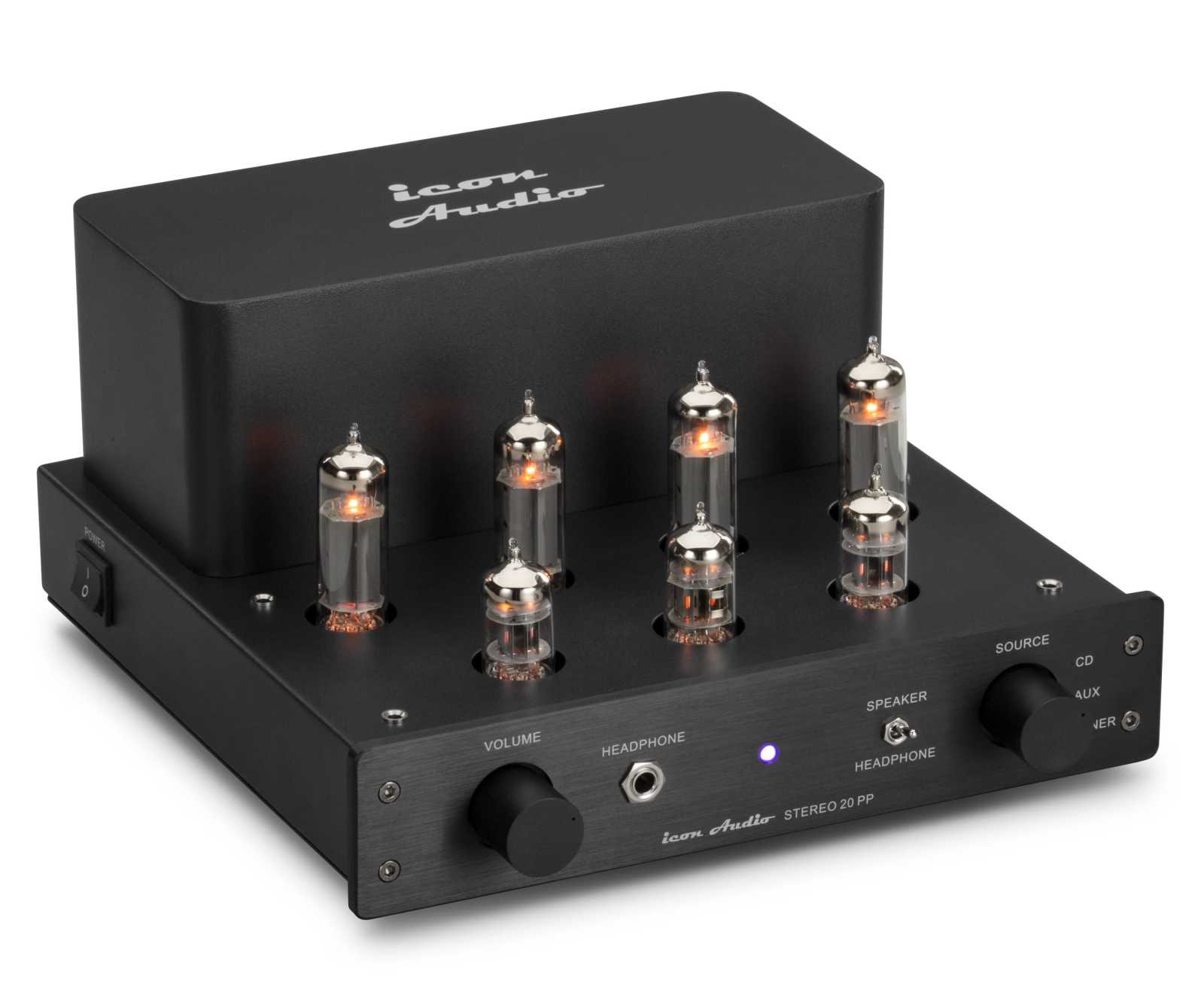
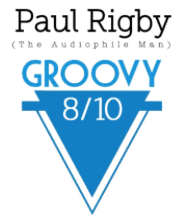


Is this amp really hard wired??? How does it compare to the Leben cs300 and quad VA one ?